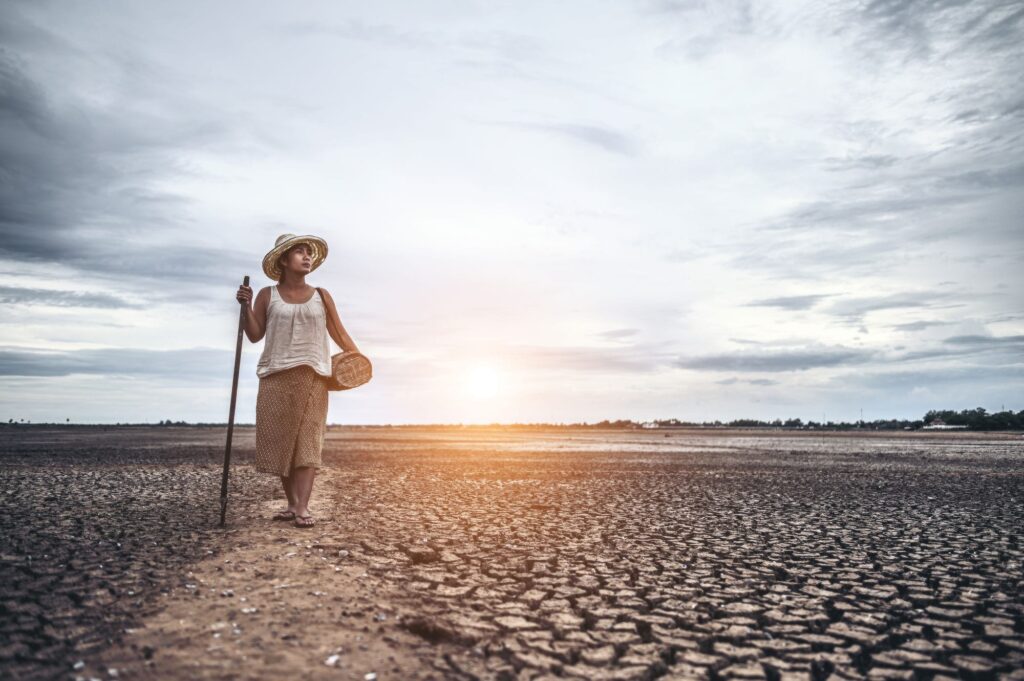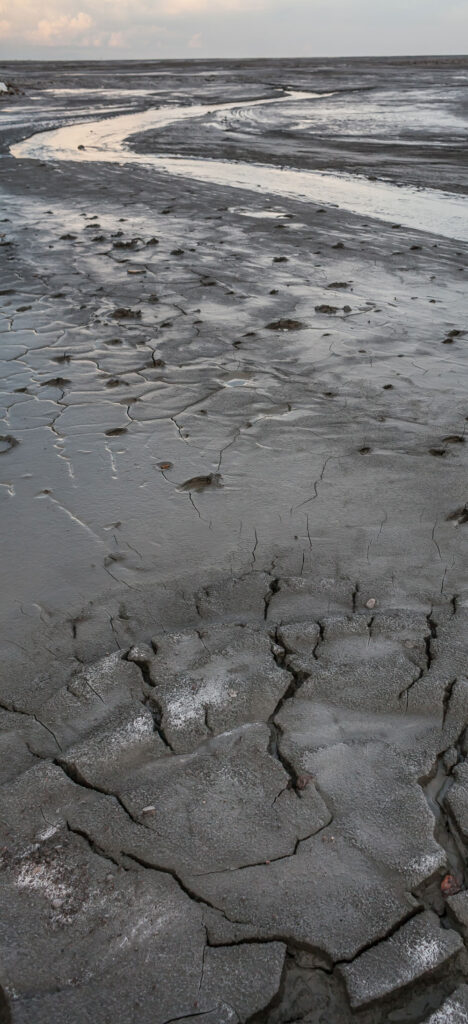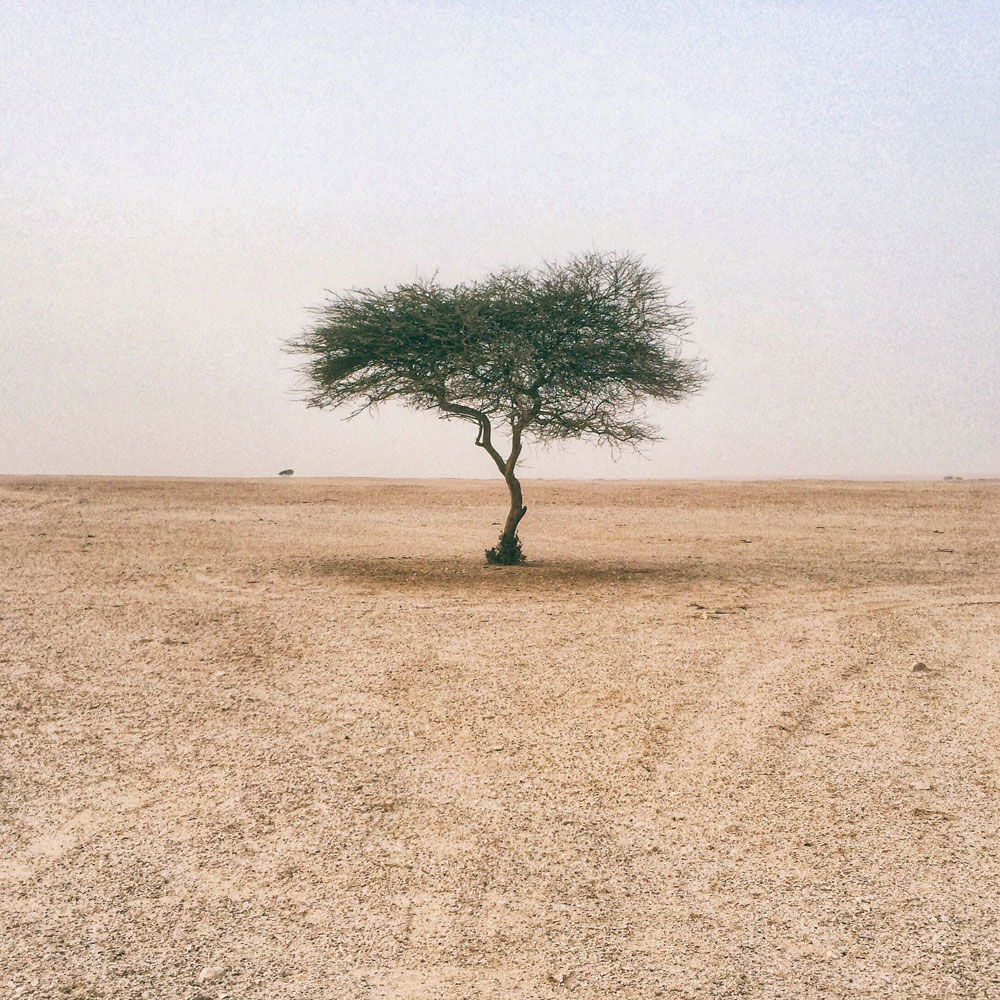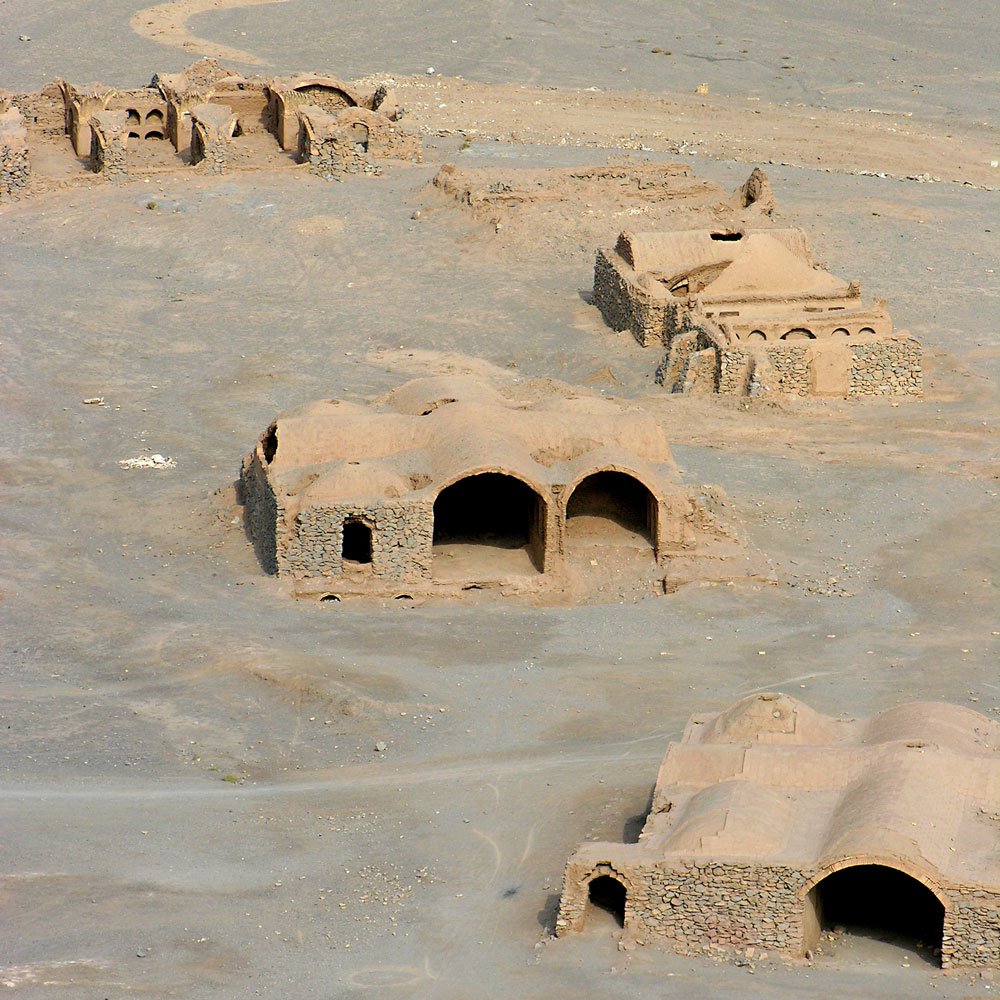
Water covers 70% of our planet, and it is easy to think that it will always be abundant. Nevertheless, freshwater—the water that we drink, bathe in, and irrigate our farm fields with—is very rare. Only 3% of the world’s water is freshwater, and two-thirds of that is hidden away in frozen glaciers or otherwise inaccessible for our use.
As a result, approximately 1.1 billion people worldwide lack access to water, and a total of 2.7 billion find water scarce for at least one month of the year.
Major Causes of Water Scarcity

Unlimited access to clean, safe water is taken for granted in many places, but water scarcity is a growing concern worldwide. Following are some of the major causes of water shortage:
- Climate change – When our average air temperature becomes warmer, water from rivers and lakes evaporates faster, which may contribute to the drying up of water bodies.
- Natural calamities such as droughts and floods – A drought is an area especially hot and dry, which is not getting enough rainfall to be able to sustain the life that is residing there.
- Pollution of water – Pollution can be anything from oil to carcasses to chemicals and fecal matter.
- Overuse and wastage of water – Water overuse is a huge issue that a lot of people are dealing with. It may be overused on people, animals, land, or any other number of things.
- War and conflict – If there is conflict over an area of land, it may be difficult to access the water that is located there.
A Global Water Crisis
People are fighting to access the quantity and quality of water they need for drinking, cooking, bathing, handwashing, and growing their food. The United Nations recognizes the significance of addressing the global water crisis each year on World Water Day, March 22. Without clean, easily accessible water, families and communities are locked in poverty for generations:

Qatar
Qatar is by far one of the most water-stressed countries when compared to all the countries in the world. The need for water is particularly high, while water accessibility is scarce. This country is a desert without a single river to help support the population. The growing population and economy saw water use almost double between 2006 and 2013. Households require the most water, followed closely by agriculture.

Israel
Harsh climate change and droughts have made this issue intensify since 2013. Israel’s official water authority reported the water sources, like rivers and lakes, were at 100-year lows. Desalination plants across the Mediterranean coast have helped provide up to 70% of the country’s drinking water.

Lebanon
Another desert country, Lebanon, has particularly high water stress, with households and industries’ demand outstripping what the country can supply. The water stress in Lebanon is due to the inability to store water, water pollution, and chronic misuse of water.

Iran
Troubling sinkholes in Iran are the leading cause of water scarcity in this country. Some sinkholes drop nearly 200 feet. The holes are caused by water pumping endeavors and drought, which have caused the problem to intensify. Inefficient agricultural practices, sudden population growth, and the misuse of the available water have led to a water-stressed country.

Jordan
In major cities, like Amman, only get running water between 12 and 24 hours per week. Water conservation is a popular and much-needed skill that is taught in school. Children growing up in Jordan learn about water conservation just as they learn about math and science.
The Colorado River Drought Crisis
The major reservoirs in the Colorado River have fallen to dangerously low levels. 22 years into the longest-running drought in the history of the American West, these water levels are now so low that downstream states like Arizona aren’t getting the water they expected.

Why is the Colorado River drying up?
The Colorado River is drying up due to a mixture of persistent overuse of water resources and a historic drought. The dry period has lasted more than two decades, spurred by a warming climate primarily due to humans burning fossil fuels.
While the massive recent storms brought much-needed water to Northern California, it wasn’t enough to make a dent in refilling the river or the reservoirs, which scientists say would require years of above-average rain and snow.

Why is there a water crisis?
Quite simply, the Colorado River doesn’t have sufficient water for everyone who wants it. The original compact was based on average river flows of 17.5 million acre-feet. The average is actually about 15 million acre-feet. Since 2000, that has fallen to about 12 million acre-feet.
Solving the Colorado River Basin Water Crisis
Strategies include reducing water use, modernizing infrastructure, improving forest health, utilizing natural landscapes to minimize flood damage and purify and store water, and improving stream and river health. Investing in solutions to help better manage water supplies in the short term and build climate resilience long-term.
Facts and Statistics
As discussed, the water crisis affects billions of people around the world. These facts and statistics regarding the global water crisis capture what it means for the everyday lives of those that it affects and the countries that they call home.
- 771 million people don’t have clean water close to home. (WHO/UNICEF Joint Monitoring Programme 2021)
- Almost 1.7 billion people don’t have a decent toilet of their own. (WHO/UNICEF Joint Monitoring Programme 2021)
- 29% of schools don’t have clean water. (WHO/UNICEF Joint Monitoring Programme 2022 Water, Sanitation and Hygiene in Schools)
- Every minute a newborn dies from infection caused by a lack of safe water and an unclean environment. (WHO, 2015)
- Diarrhea caused by dirty water and poor toilets kills one child under the age of five every two minutes. (Based on Prüss-Ustün et al. (2014) and The Institute for Health Metrics and Evaluation (2018)
- The World Bank says promoting good hygiene is one of the most cost-effective health interventions. (Disease Control Priorities, third edition (volume 2), 2016)
- The average container for water collection in Africa, the jerrycan, weighs over 40 lbs when full. (The Water Project)